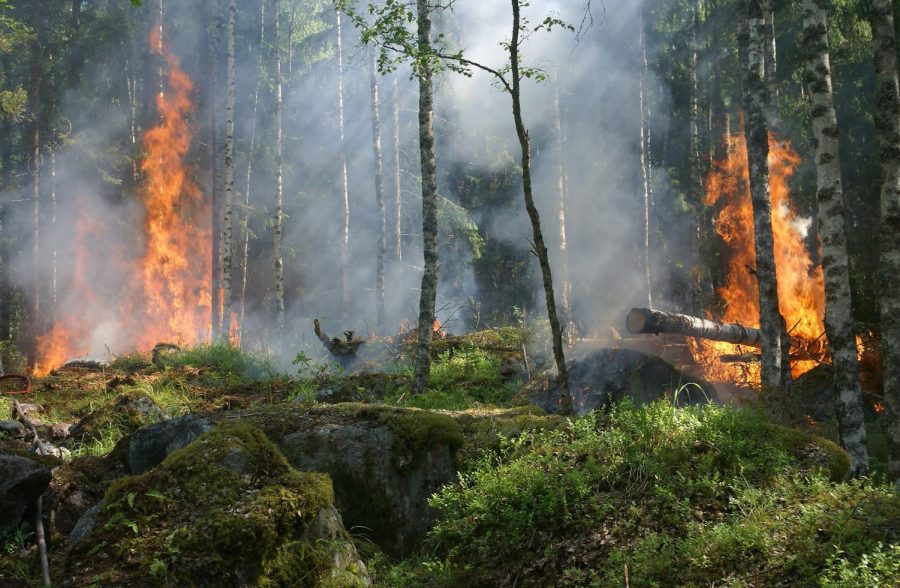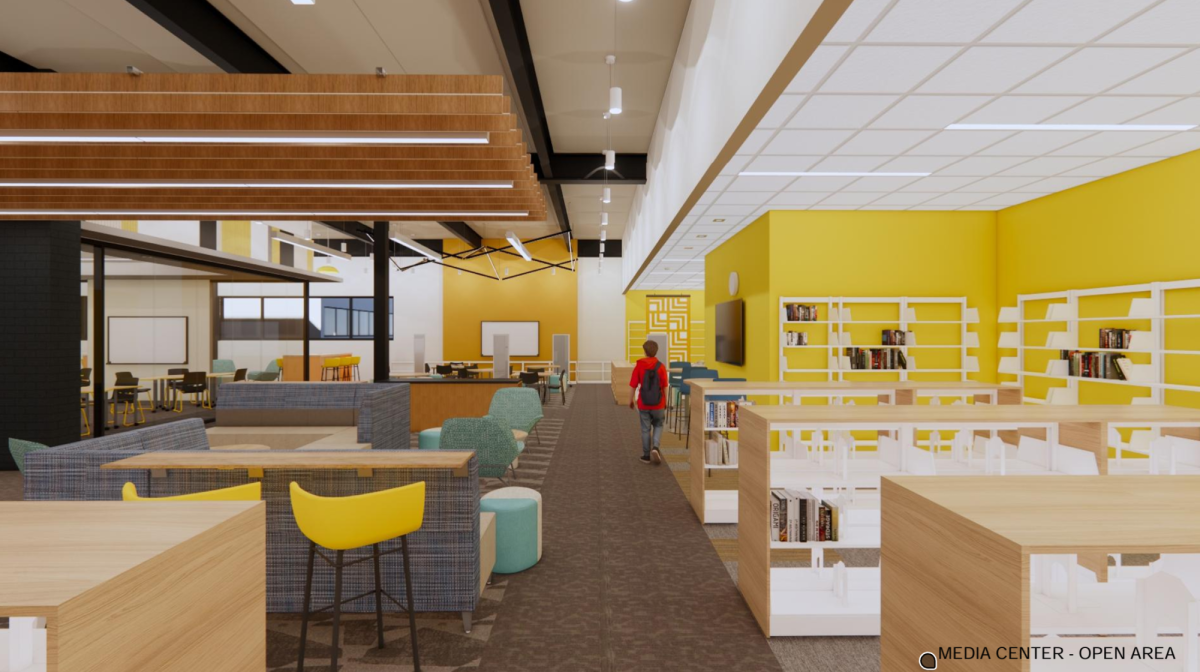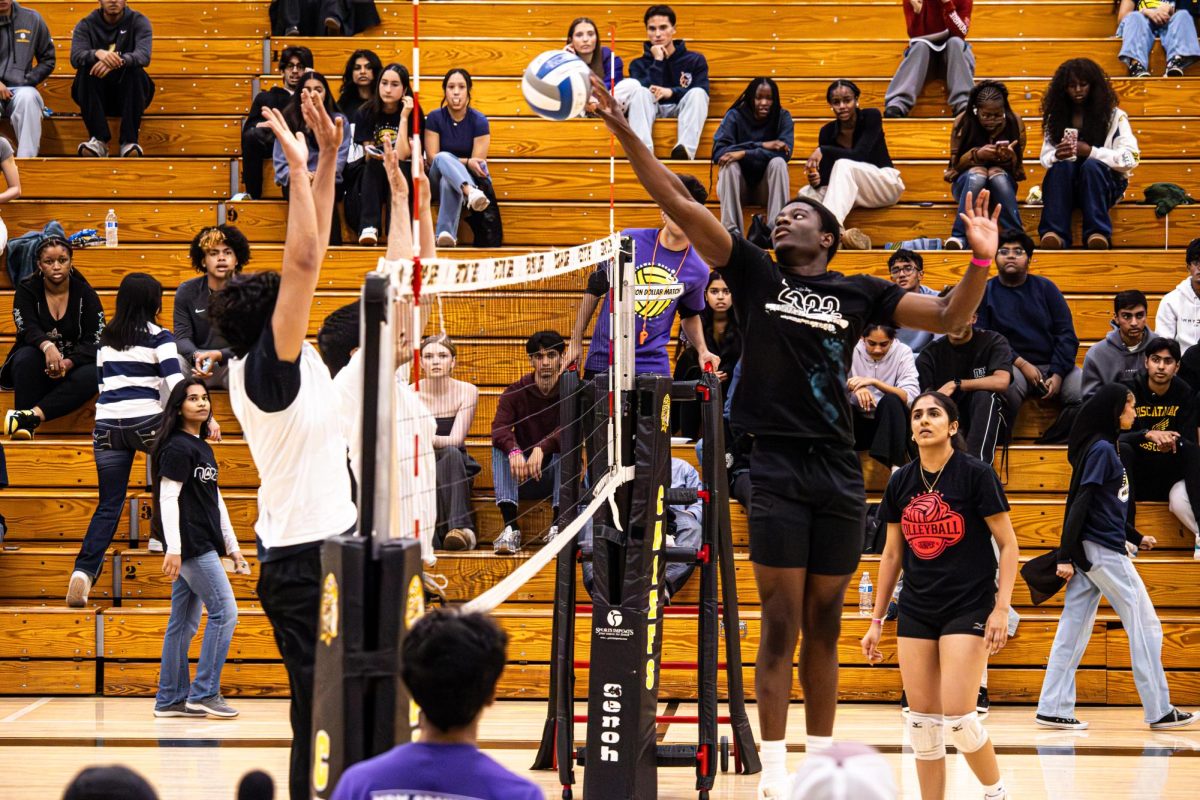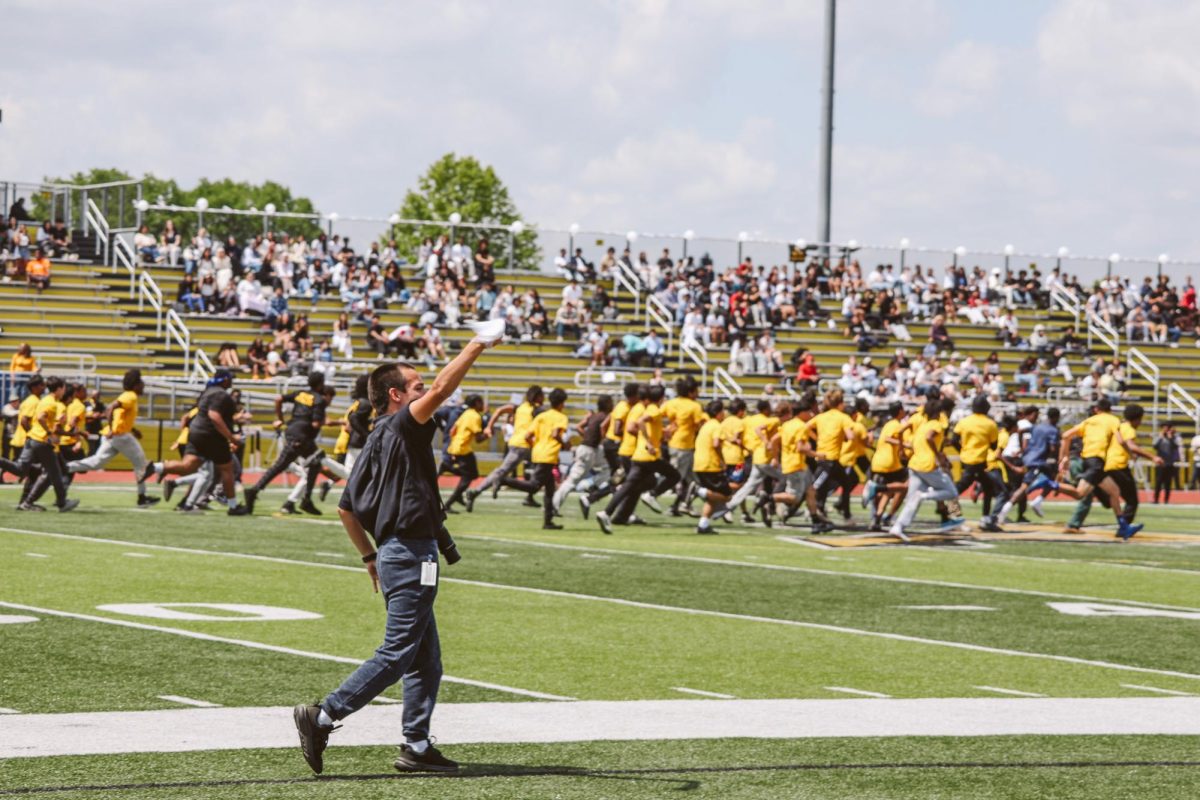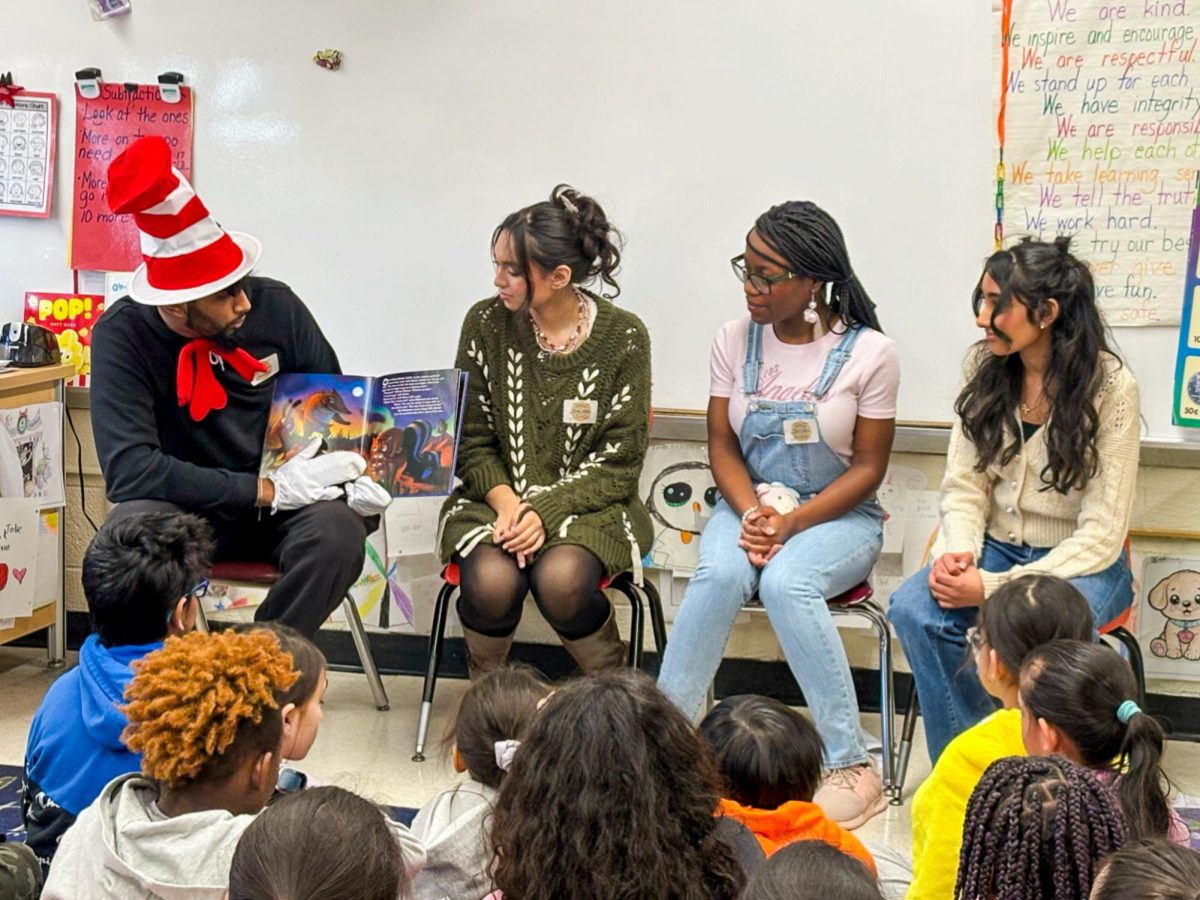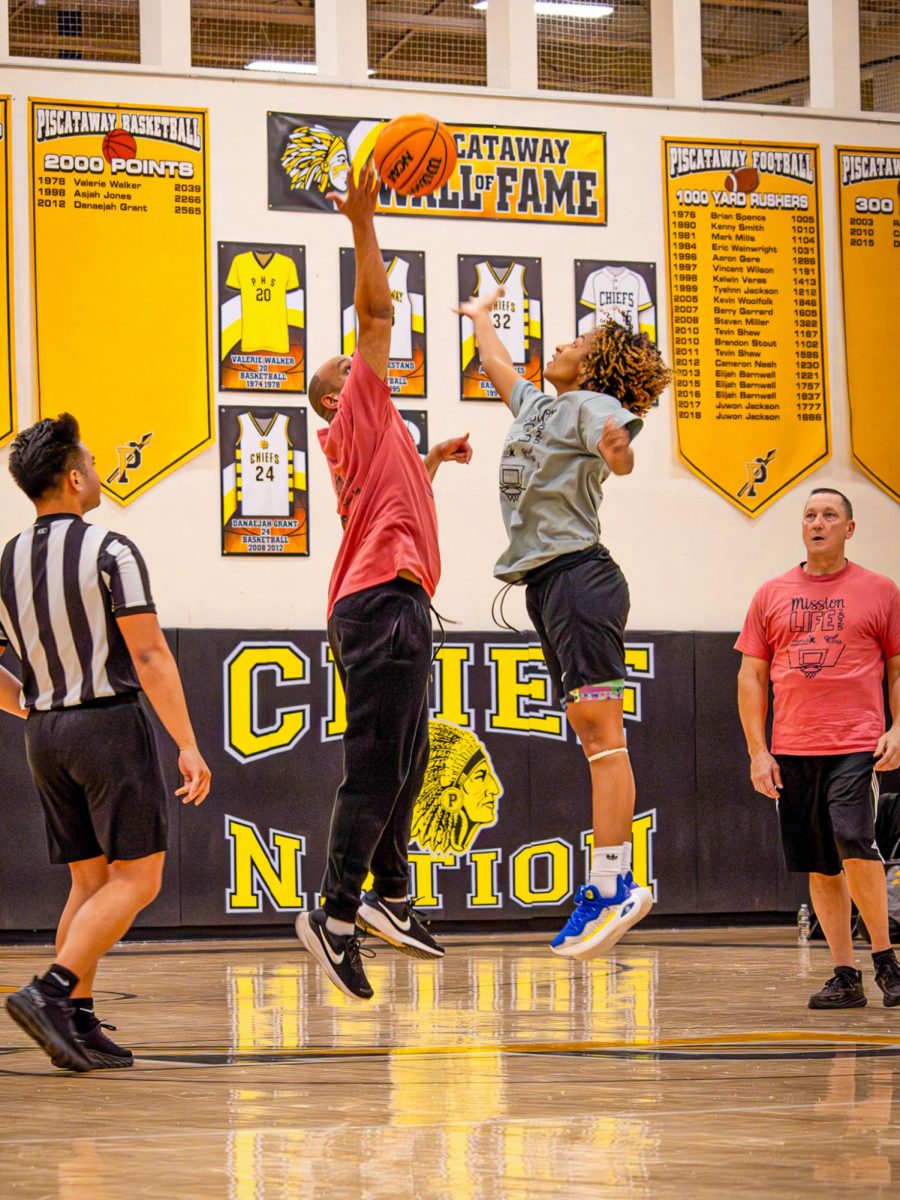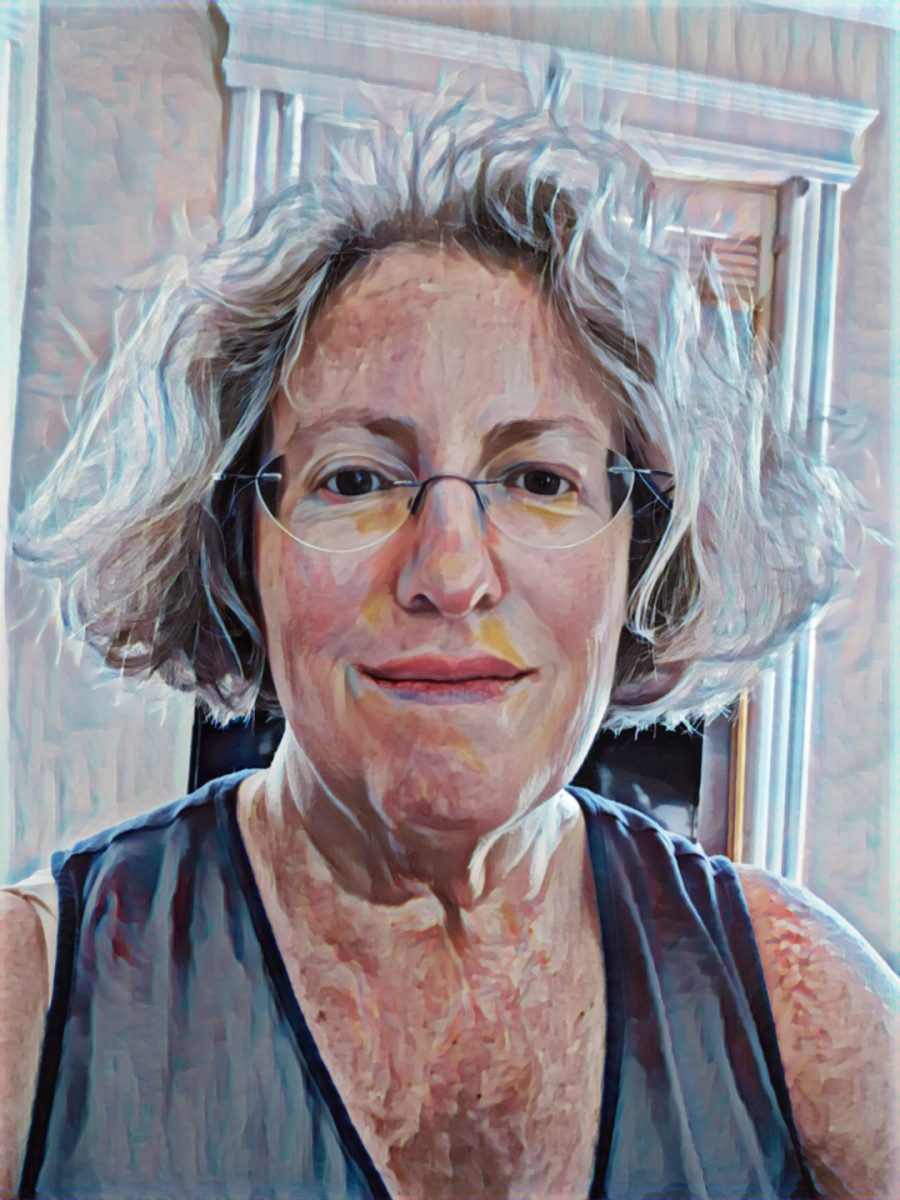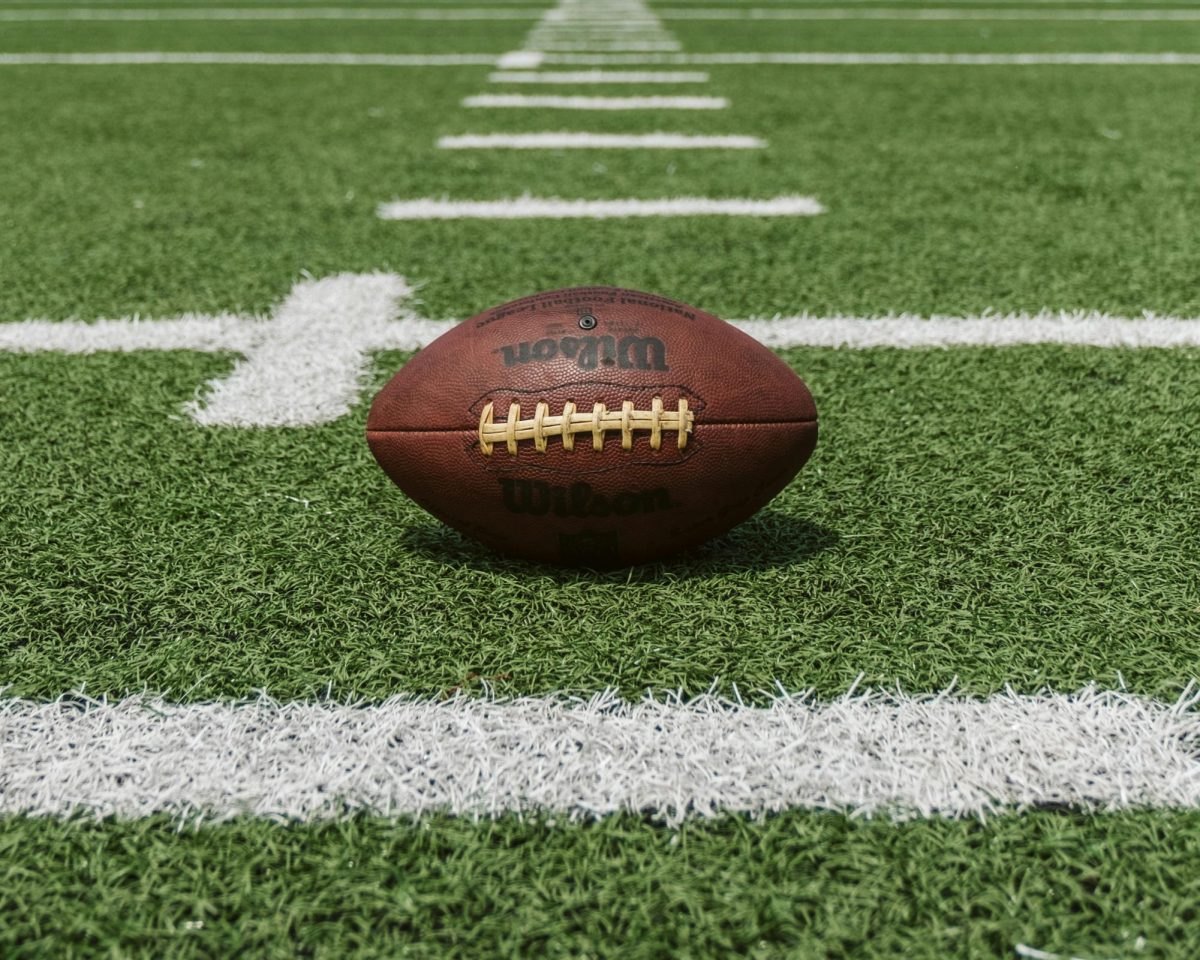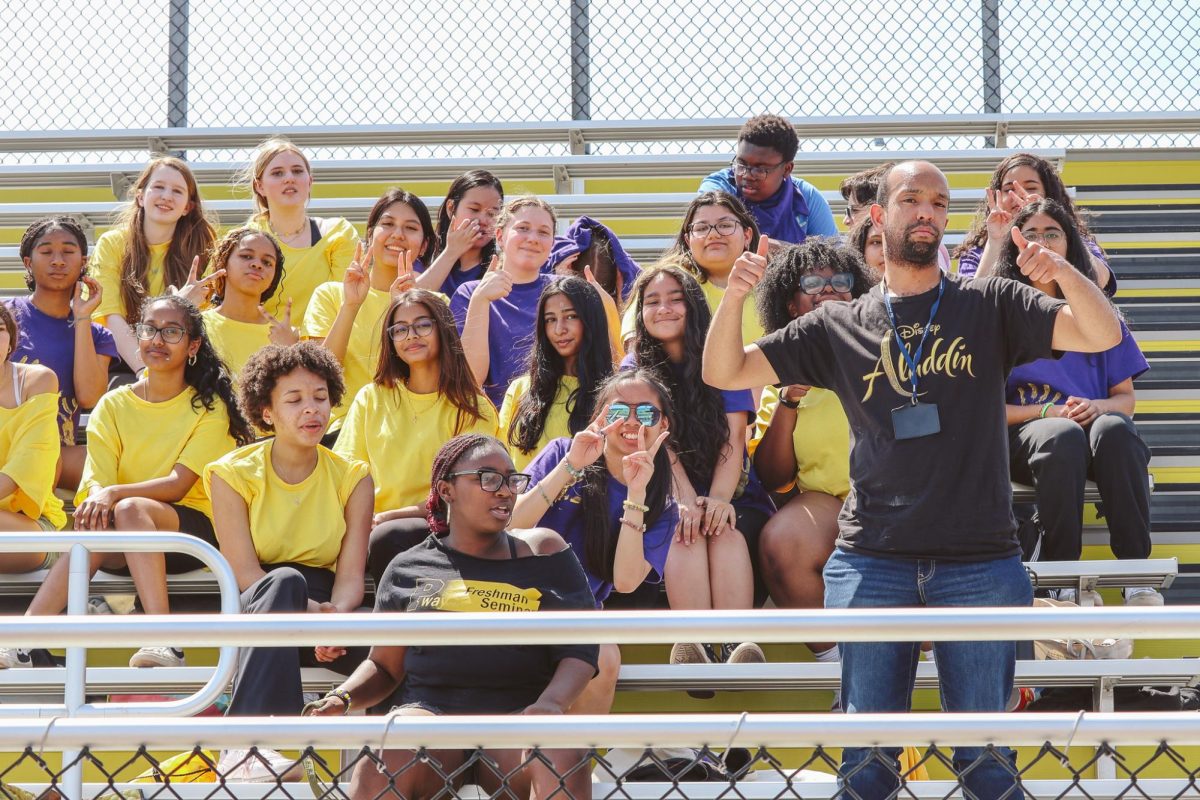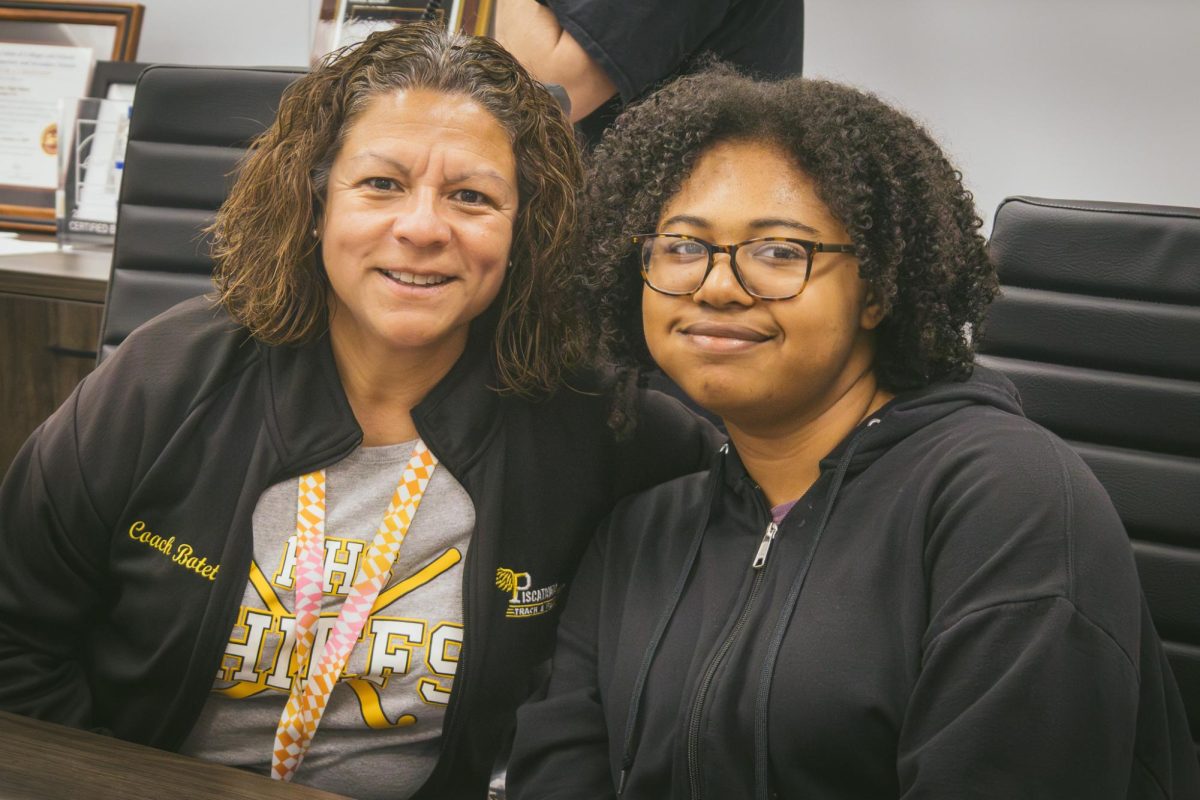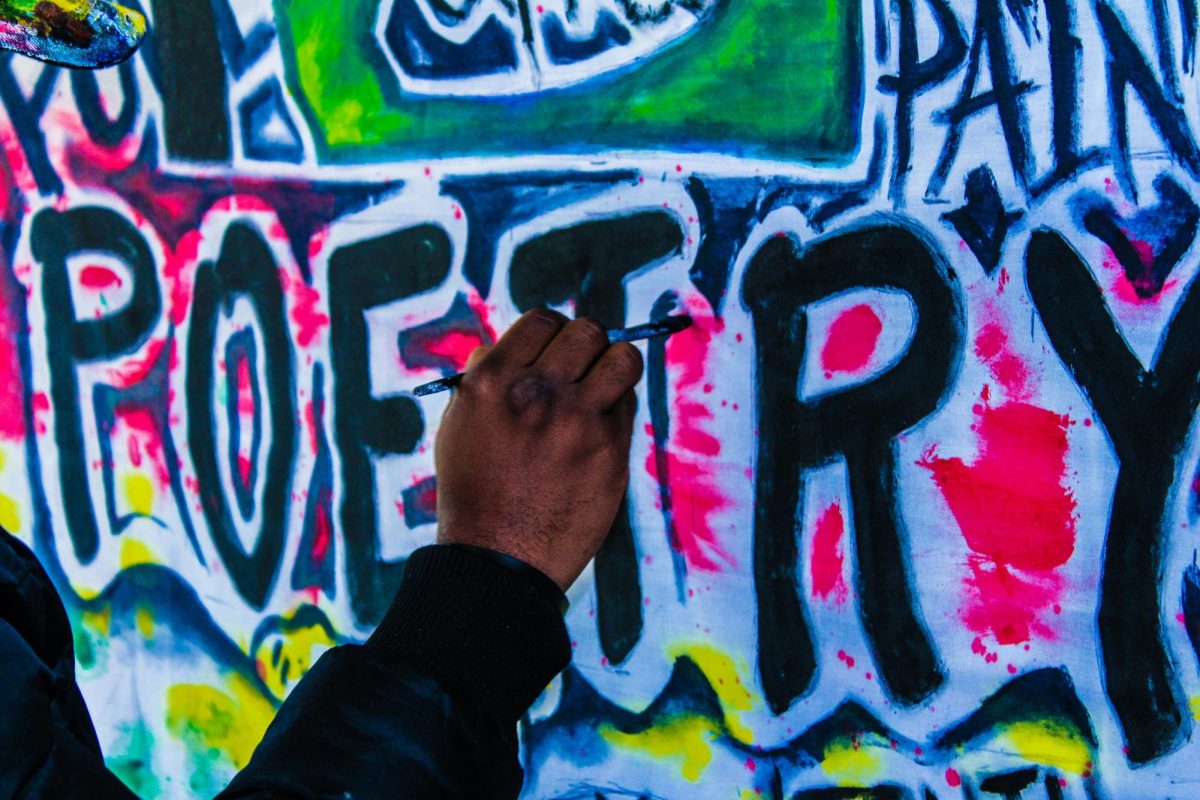Climate Change
December 17, 2018
Climate change is the shift in the average statistical weather data of a place. Climate change is happening now, way faster than it is supposed to, but too slow for people to feel it.
Climate change is speeding up because of humans spreading an increasing amount of greenhouse gases into the atmosphere
“Climate change is the change in temperature of the Earth’s atmosphere mainly due to manmade causes. The major cause is thought to be greenhouse gases, emitted by humans into the atmosphere,” Conceptual Chemistry, Astronomy, and Environmental Science teacher, Dr. Emily Tenenbaum said.
Carbon dioxide has increased from 378.21 parts per million in 2005 to 409.33 parts per million in 2018. Higher amounts of carbon dioxide can displace oxygen in the air if less oxygen is available to breathe then rapid breathing, rapid heartbeats, fatigue and more can occur. As less oxygen is available nausea, fainting, coma and sometimes death can occur.
“This isn’t even, in fact, the most amount of carbon we’ve had in our atmosphere ever. The highest amount of carbon dioxide we’ve had in our atmosphere was actually during the time of the dinosaurs,” AP Environmental Science and Biology teacher, Jason Bellew said.
Global temperature has increased 1.8°F since 1880 resulted in Arctic Ice decreasing 12.8% per decade, ice sheets are decreasing 413 gigatonnes per year and the global average sea level has risen nearly 7 inches over the past 10 years.
“We’ll see sea level rise in a significant way and we’ll see more very different weather patterns,” Dr. Tenenbaum says about the effect of climate change.
The increased amount of sea levels means that there are more deadly and destructive storm surges that can push farther inland, is an increased amount of destructive flooding, and are risks to virtually all human infrastructure. Coastal areas like California and Florida would be underwater.
“We have more major storms then we used to [when I was younger],” sophomore, Sarah Grimm said.
The weather is changing little by little even if people can’t see it. It’s the subtle increases from 50 years ago to now. The U.S. Climate Index Extremes disaster for the year-to-date was 75% above average. The 1980-2017 annual averages for disaster events like hurricanes, winter storms and more are 6.0 events; the annual average for the most recent 5 years is 11.6 events.
One thing people can do to help climate change “Is to reduce your beef consumption, so don’t eat as much meat…. Beef has the biggest impact, raising cows has a very big footprint, carbon footprint, so if [you] don’t eat cows, less will be raised that will reduce the carbon put into the atmosphere. If you feel strongly about it and you don’t want to see these things happen contact the politicians that represent you…” Dr. Tenenbaum said.
Reducing beef consumption can help the world as the methane released by cattle every time they pass gas, is 23 times more dangerous than carbon dioxide. Raising awareness about climate change is another great way to help by spreading truthful information about climate change many people who don’t even believe that climate change is occurring right now can learn about it.
“It’s those little things in the environment that when everybody makes those active changes in their lives, makes a big impact,” Mr. Bellew says.
Making lifestyle changes by walking and biking when possible, cutting down on the excess car miles will help but only if a lot of people are making these changes in their lifestyle, not just five or ten people.
“From what I’ve seen in terms of science, right now scientists are trying to get the world on board. You are talking about a time where even if the evidence is strongly leaning towards climate change, you still have very heavy influences that say it’s not happening….” Mr. Bellew explains.
To help stop climate change people will have to learn about it. Many people around the world have to start believing in the fact that there is a problem that needs to be solved before it can actually be solved.


